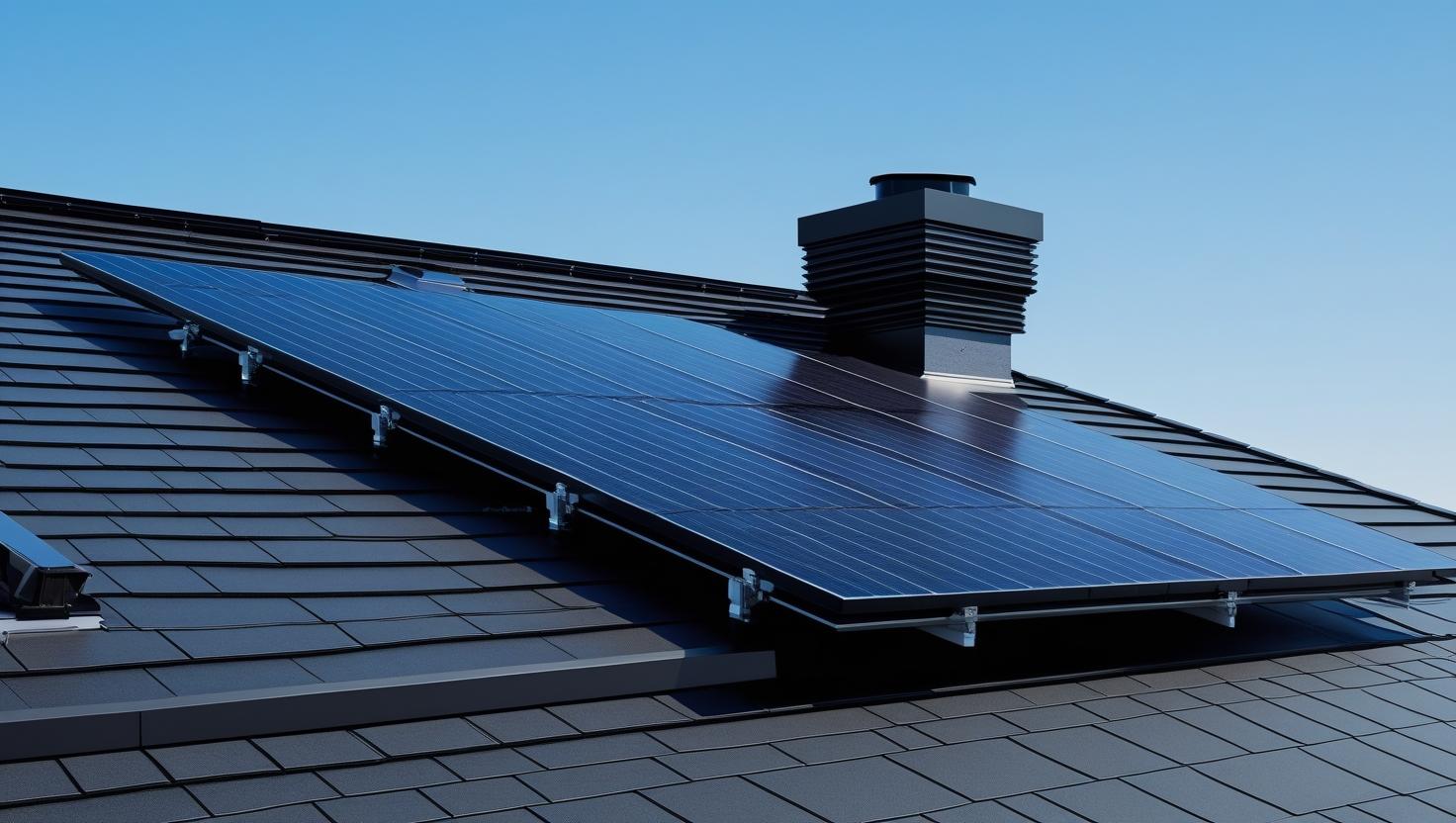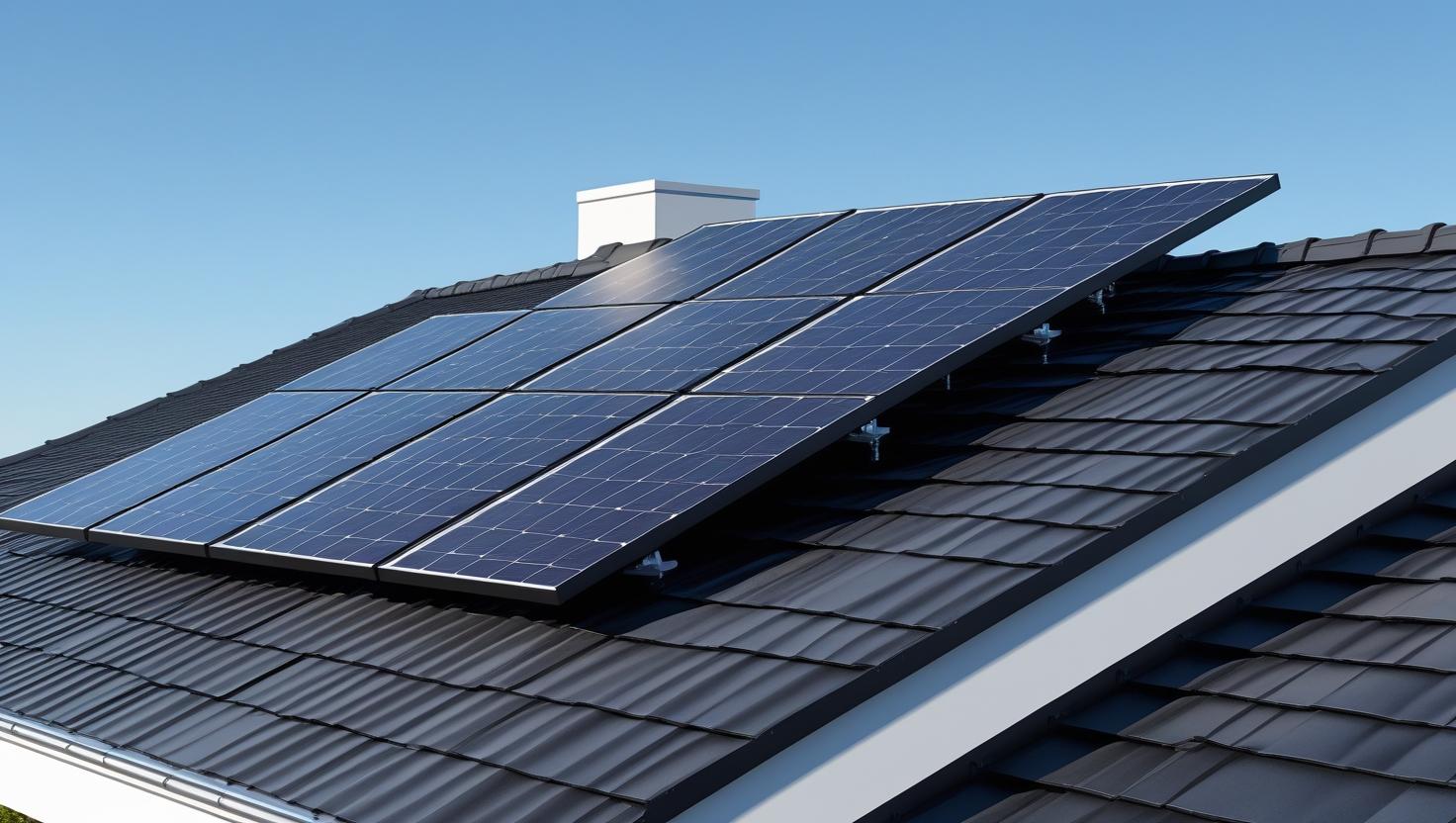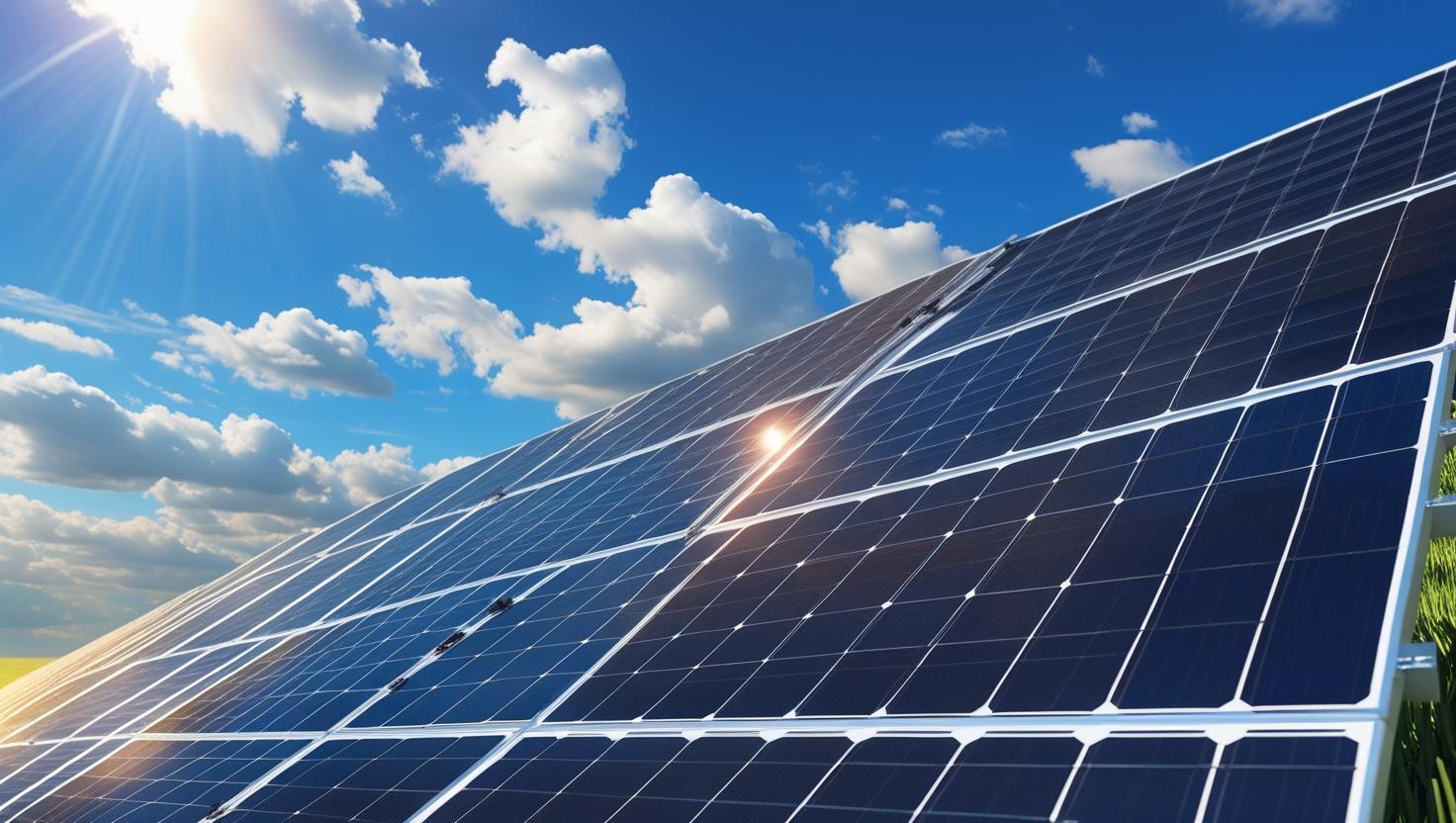The Complete Guide to Off-Grid Living with Solar Products
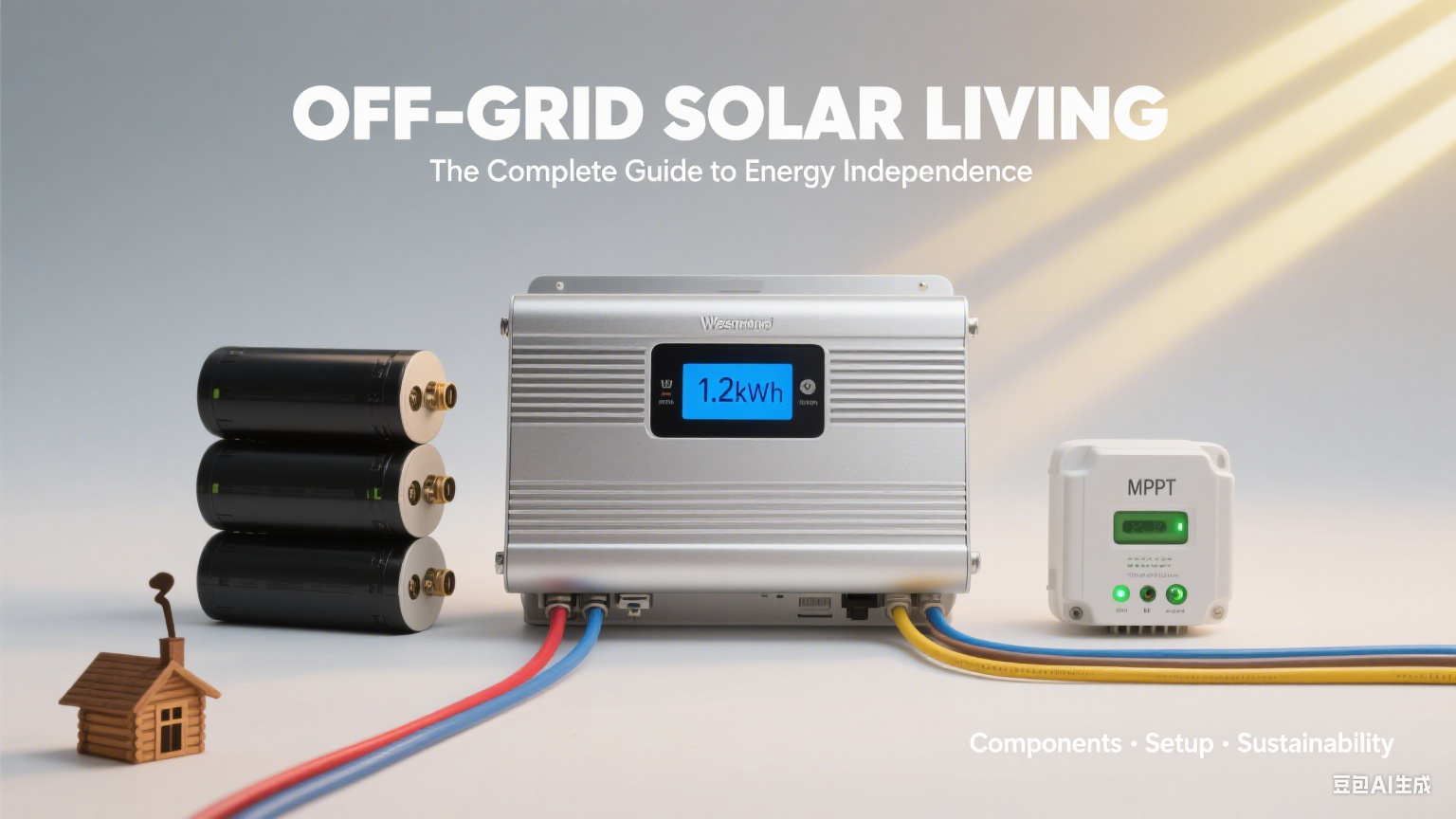
Introduction
Off-grid living with solar products offers a path to energy independence, sustainability, and a reduced carbon footprint. Whether you’re planning to build a remote cabin, live in an RV, or simply want to disconnect from the traditional power grid, solar products can provide a reliable and efficient energy solution. This comprehensive guide will walk you through everything you need to know to start your off-grid journey.
1. Understanding Off-Grid Living
1.1 What is Off-Grid Living?
Off-grid living means disconnecting from the traditional utility grid and generating your own electricity. This lifestyle is ideal for remote locations where grid access is limited or unavailable, as well as for those who prioritize energy independence and sustainability.
1.2 Benefits of Off-Grid Living
- Energy Independence: Generate and store your own electricity, free from utility bills and power outages.
- Environmental Impact: Reduce your carbon footprint by using renewable energy.
- Cost Savings: While the initial investment can be high, long-term savings on energy bills make it a worthwhile investment.
- Customizability: Scale your system to meet your specific needs, from small cabins to large homes.
2. Key Components of an Off-Grid Solar System
| Component | Details |
|---|---|
| Solar Panels | Capture sunlight; monocrystalline (efficient) or polycrystalline (cost-effective). |
| Charge Controller | Regulates battery charging; MPPT models boost performance. |
| Battery Bank | Stores energy; lithium-ion (durable) or AGM/lead-acid (budget); sufficient capacity. |
| Inverter | Converts DC to AC; handles load, with protection/monitoring. |
| Backup Generator | Extra power for low sunlight/breakdowns; compatible with peak needs. |
| Mounting & Wiring Kits | Secure, weather-resistant for safe, efficient setup. |
2.1 Solar Panels
Solar panels capture sunlight and convert it into electricity. High-efficiency panels are essential for maximizing power output, especially in limited space. Monocrystalline panels are the most efficient, while polycrystalline panels offer a more cost-effective option.
2.2 Charge Controller
The charge controller regulates the flow of electricity from the solar panels to the batteries, preventing overcharging and damage. Look for advanced charge controllers that offer features like MPPT (Maximum Power Point Tracking) for optimal performance.
2.3 Battery Bank
Batteries store excess energy for use during periods of low sunlight or high energy demand. Lithium-ion batteries are the most efficient and durable, while AGM and lead-acid batteries are more budget-friendly. Ensure your battery bank has enough capacity to support your energy needs.
2.4 Inverter
The inverter converts DC electricity from the batteries into AC electricity, which is used by household appliances. Choose an inverter that can handle your system’s load and offers features like surge protection and smart monitoring.
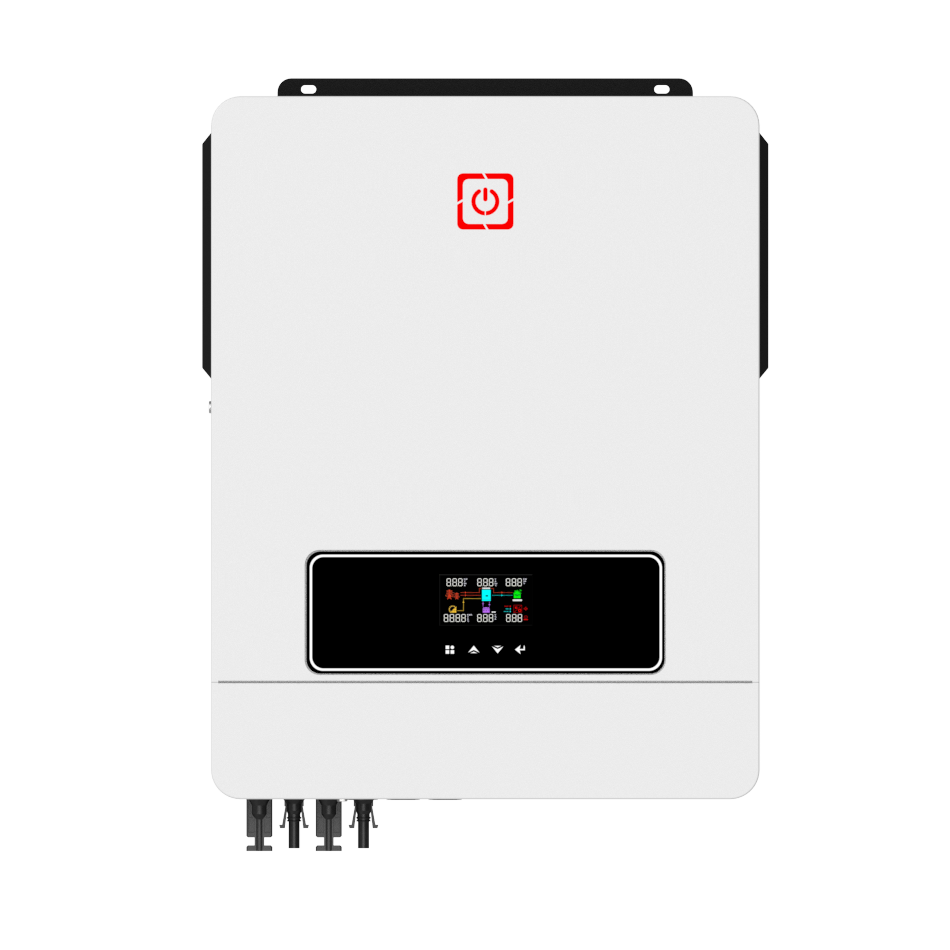
2.5 Backup Generator
A backup generator can provide additional power during prolonged cloudy periods or equipment failure. Options include petrol, diesel, or gas generators. Ensure the generator is compatible with your system and can handle your peak energy demands.
2.6 Mounting and Wiring Kits
Secure mounting kits and high-quality wiring ensure your panels are safely installed and efficiently connected. Weather-resistant components are essential for outdoor installations.
3. Planning Your Off-Grid Solar System
3.1 Assessing Your Energy Needs
Calculate your daily energy consumption by reviewing past utility bills or using an energy monitor. Determine the watts or kilowatt-hours required to power your appliances and devices. This will help you size your solar system correctly.
3.2 Choosing the Right Location
Identify areas around your home or property that receive maximum sunlight throughout the day. Avoid shading from trees, buildings, or other obstructions. Proper orientation and tilt of your solar panels are crucial for optimal energy capture.
3.3 System Sizing
Work with a professional to determine the number of solar panels and battery capacity needed to meet your energy demands. Consider future needs and scalability to allow for system expansion as your energy usage grows.
3.4 Budgeting
Off-grid solar systems can have high upfront costs, but long-term savings on energy bills make them a worthwhile investment. Outline your budget and explore incentives, rebates, and financing options to make your project more affordable.
4. Installation and Maintenance
4.1 Professional Installation
Hiring a reputable installer ensures your system is installed correctly and safely. Look for installers with experience in off-grid systems and strong customer reviews. Ensure they follow industry best practices and safety standards.
4.2 Regular Maintenance
Regular maintenance is essential for the longevity and efficiency of your off-grid system. This includes:
- Cleaning Solar Panels: Remove dust and debris to maximize efficiency.
- Inspecting Wiring: Check for wear and damage to ensure safety.
- Monitoring Battery Health: Regularly check battery levels and replace as needed.
- System Monitoring: Use smart monitoring tools to track energy production and identify issues early.
5. Enhancing Your Off-Grid Setup
5.1 Solar-Powered Appliances
Consider using energy-efficient appliances designed for off-grid living, such as solar-powered refrigerators, fans, and lighting. These appliances can significantly reduce your energy consumption and enhance your system’s efficiency.
5.2 Energy Conservation
Adopt energy-saving practices to reduce your overall energy demand. This includes using LED lighting, insulating your home, and optimizing appliance usage during peak sunlight hours.
6. Real-World Examples
6.1 Small Cabin
A small cabin might require a 1-2 kW solar system with a few panels and a small battery bank. This setup can power lights, a refrigerator, and small electronics.
6.2 Family Home
A larger family home may need 5-10 kW to cover heating, cooling, and appliance use. This system will require multiple panels and a larger battery bank for storage.
6.3 Farm or Homestead
For those operating a small farm, a 10 kW or larger system may be necessary to power tools, pumps, and appliances. Planning for additional energy needs, such as electric vehicles, is also essential.
7. Common Challenges and Solutions
7.1 Weather Dependency
Ensure your system has adequate battery storage to handle periods of low sunlight. Consider adding a backup generator for additional reliability.
7.2 High Initial Costs
Explore government incentives, rebates, and financing options to offset the initial investment. The long-term savings on energy bills make off-grid systems a cost-effective solution.
7.3 Maintenance and Repairs
Regular maintenance and prompt repairs are essential. Keep spare parts on hand and consider a maintenance contract with your installer for added peace of mind.
8. Conclusion
Off-grid living with solar products offers a sustainable and independent energy solution. By understanding your energy needs, selecting high-quality components, and following best practices for installation and maintenance, you can enjoy reliable power and reduced environmental impact. Whether you’re building a remote cabin, living in an RV, or simply seeking energy independence, solar products can help you achieve your goals. Embrace the freedom and sustainability of off-grid living today!
For more information on photovoltaic technology, please visithttps://youtu.be/JB56vgBNr6E?si=48ZjW1I9exvg7s-o for detailed content.

